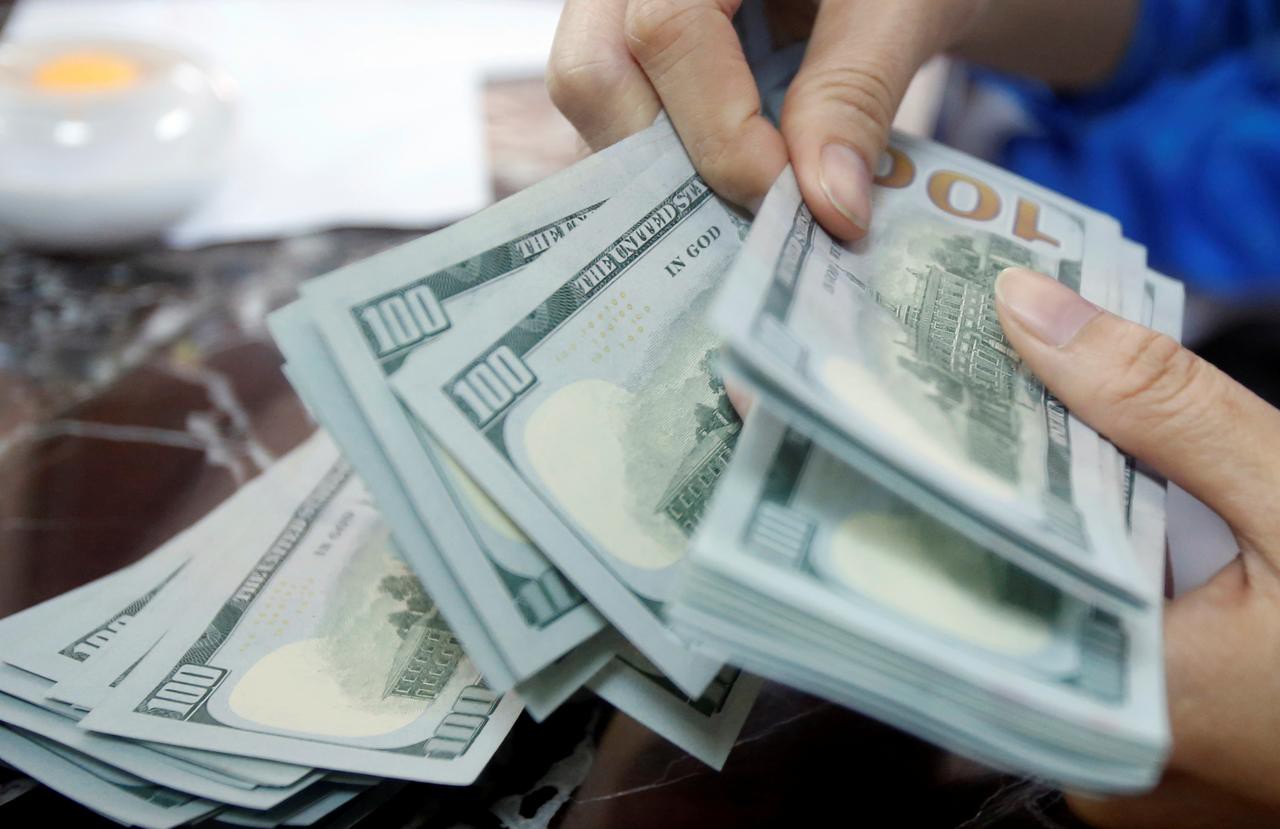Could the US dollar unwind all of the weakness earlier in this year?
Some factors are leaving the US dollar in a good place again and that’s unlikely to change, at least not for now.

The US dollar has seen some recoveries
Investors have their rosy-tinted spectacles on, and many analysts doubt that they are going to take them off anytime soon. This bodes well for asset prices, and even if it means more US dollar strength, it seems unlikely that this will materially detract from higher-risk currencies such as those in the emerging market landscape.
Financial markets still lack a US government-generated economic data calendar, but it seems that no news is good news when it comes to financial market performance. So much for the government shutdown denting confidence in US assets! And besides, there’s too much good news going on to worry about the shutdown.
Last week’s trade agreement between the US and China showed clearly who holds all the cards – and it is not the US. And last week’s Q3 earnings reports from the large US tech companies show that the massive data-centre-building boom is set to run and run. Q4 GDP growth seems to be on a near 4% tear according to the Atlanta Fed’s GDPNow measure and, if we combine this with paltry employment growth the only logical outcome would seem to be that productivity is strong, and that could be important in negating any inflation that is still around from tariffs. Equally as important, other countries appear as if they could be pulled along in the slipstream, notwithstanding the impact of tariffs. That’s certainly the message from global stock market performance, and real economic data is providing some support for this view as well.
But inevitably there will always be thoughts that it might be too good to be true. That breakneck AI-related spending, for instance, could just be another dot.com boom that can explode at any point. Now we don’t deny that there are some areas of concern. That hefty electricity usage involved in these activities could ‘crowd out’ other users, or that hefty borrowing to fund this expansion ‘crowds out’ other borrowers – including the US government. But, by and large, we see these concerns as overblown. The AI-related wave looks as if it has a long way to run before it runs the risk of crashing on the beach.
Another threat is that the Fed focuses too much on the labour market and not enough on inflation. When the dot.com boom was in full swing in the 1990s the Fed was mostly hiking rates, not cutting them. In this regard, last week’s caution from the Fed over the prospects of a rate cut in December, might actually prove a welcome sign that the Bank is not going to cut rates with abandon in the way that the market has been pricing.
All of these factors are leaving the US dollar in a good place again and that’s unlikely to change, at least not for now. Could the US dollar rapidly unwind all of the weakness we saw earlier in the year? It is possible. Rising optimism about the AI-driven economic and stock market strength could draw in foreign investors that have increasingly chosen to hedge the currency portion of their US investments in the past. Re-opening these positions to naked US dollar risk could lift the greenback materially. Could it take euro/US dollar all the way back to the near-parity levels that we saw in January?
Steven Barrow, Head of Standard Bank G10 Strategy thinks that’s a stretch. For a start, if the US dollar is more robust because of positive ‘risk-on’ factors such as stronger AI-driven momentum, then this is more likely to aid, not hinder, higher-risk currencies. Those in emerging markets, for instance, might find this a far more comfortable environment than one in which US dollar strength is created by adverse risks, like the AI bubble bursting, or US inflation rising so much that it stops the Fed from cutting rates.
“It seems more likely that the US dollar will, at a minimum, hold onto recent gains and possibly squeeze out a bit more this year, towards 1.10 for euro/dollar. But it will not unwind all of the losses it has made, while carry-driven riskier currencies may be able to cling onto whatever gains they have made against the dollar this year a bit better than most”, said Steven Barrow.








